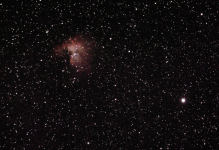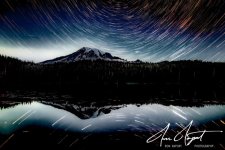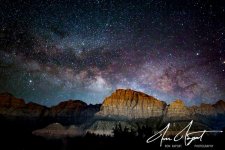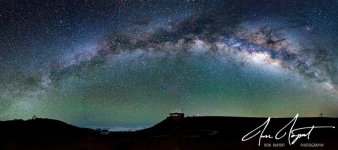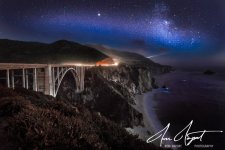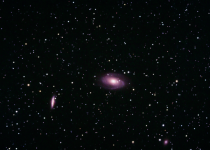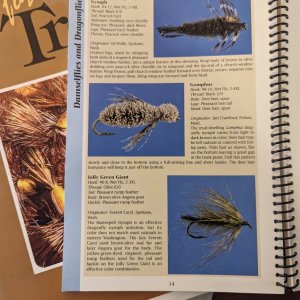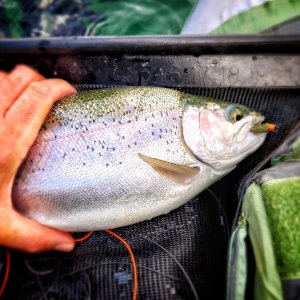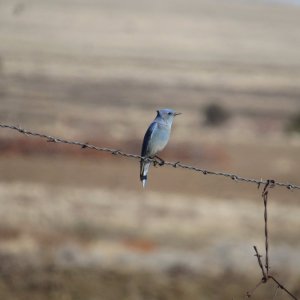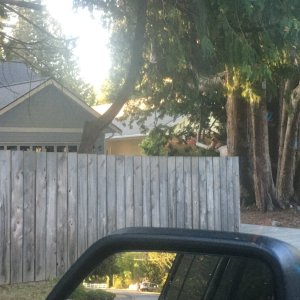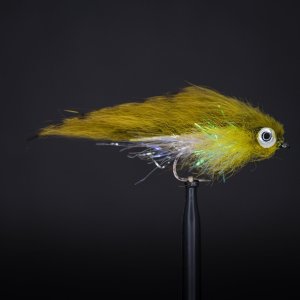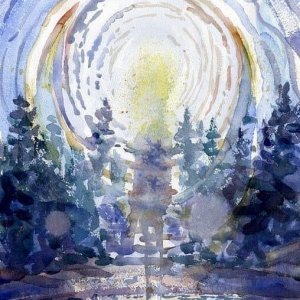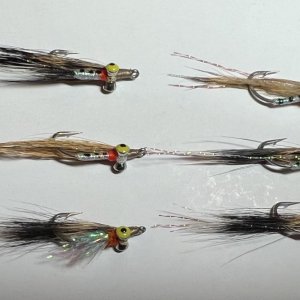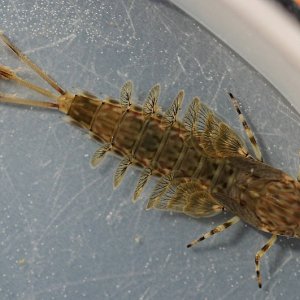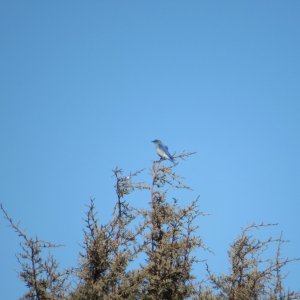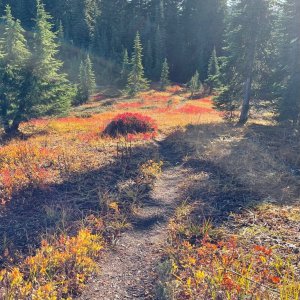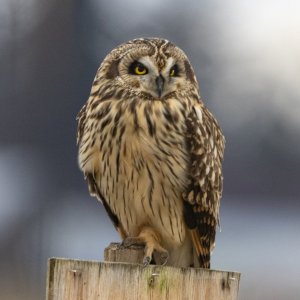Gonna resurrect this over here, well because I can and because this is the only social media I'm on and can post stuff.
I'll start with our old friend, the Orion nebula (Running Man at about 10 o'clock), it is just so stunning. You can actually see the this nebula with a good pair of binoculars and get decent photos with a telephoto (anywhere from 200 to 600 mm) and tripod - this was taken with a Zenithstar 81 559 mm refractor scope with 0.8x reducer, so the equivalent of about 450 mm, Sony Alpha 77II (ISO 800; 30 x 180 second exposures):
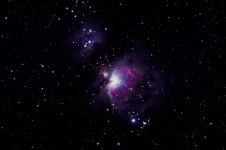
And my latest visit to the Andromeda galaxy, also easily viewable with binoculars.
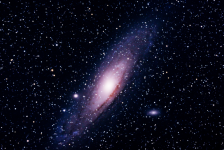
Cheers
I'll start with our old friend, the Orion nebula (Running Man at about 10 o'clock), it is just so stunning. You can actually see the this nebula with a good pair of binoculars and get decent photos with a telephoto (anywhere from 200 to 600 mm) and tripod - this was taken with a Zenithstar 81 559 mm refractor scope with 0.8x reducer, so the equivalent of about 450 mm, Sony Alpha 77II (ISO 800; 30 x 180 second exposures):

And my latest visit to the Andromeda galaxy, also easily viewable with binoculars.

Cheers
Last edited:

